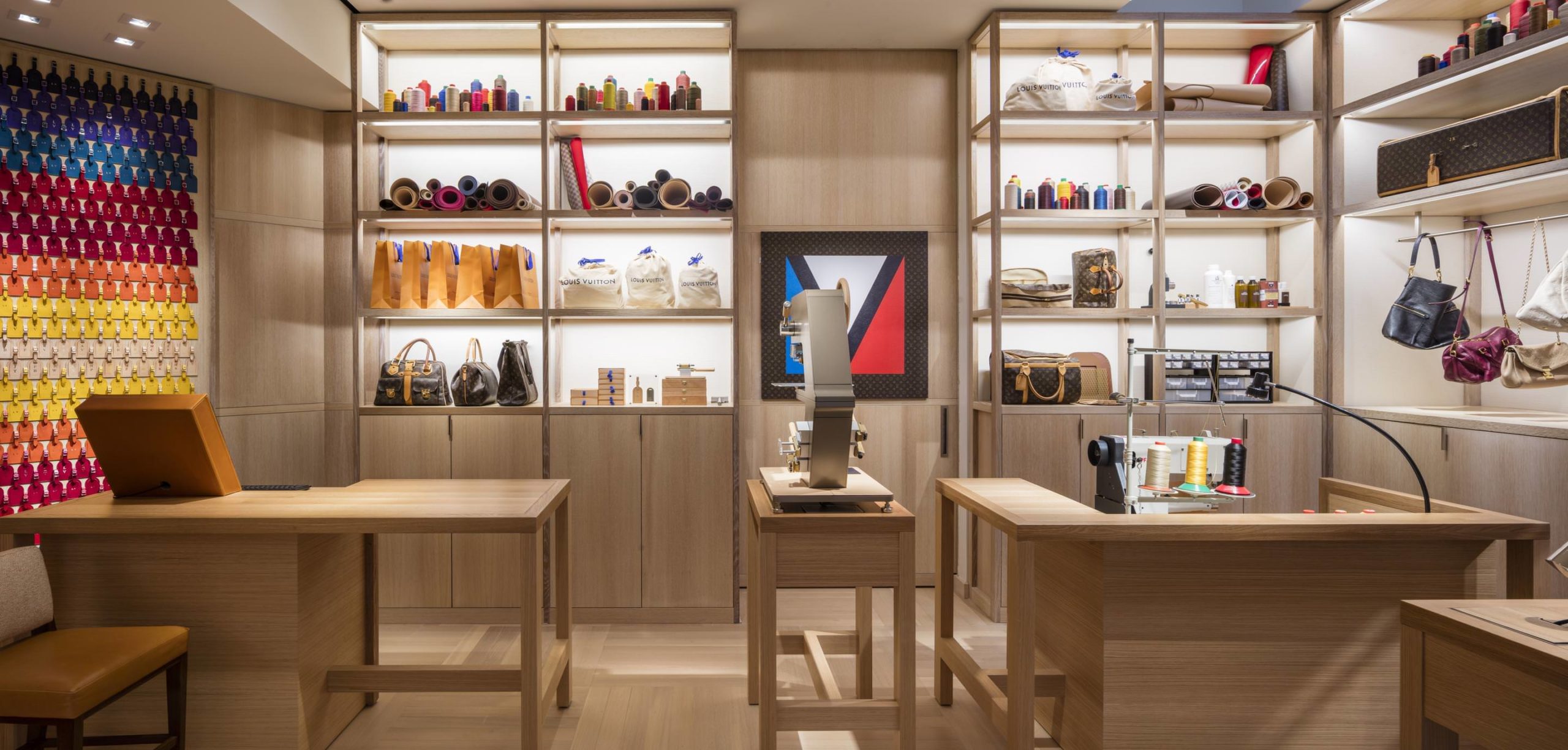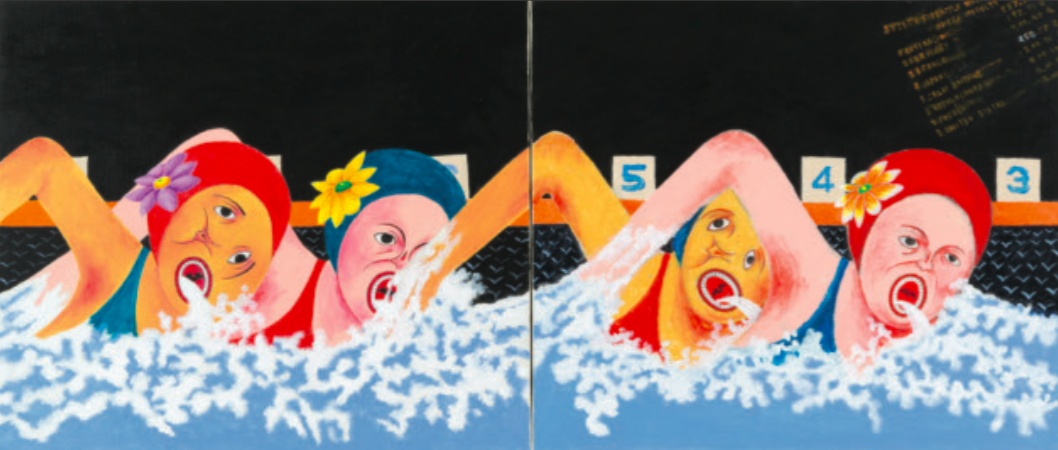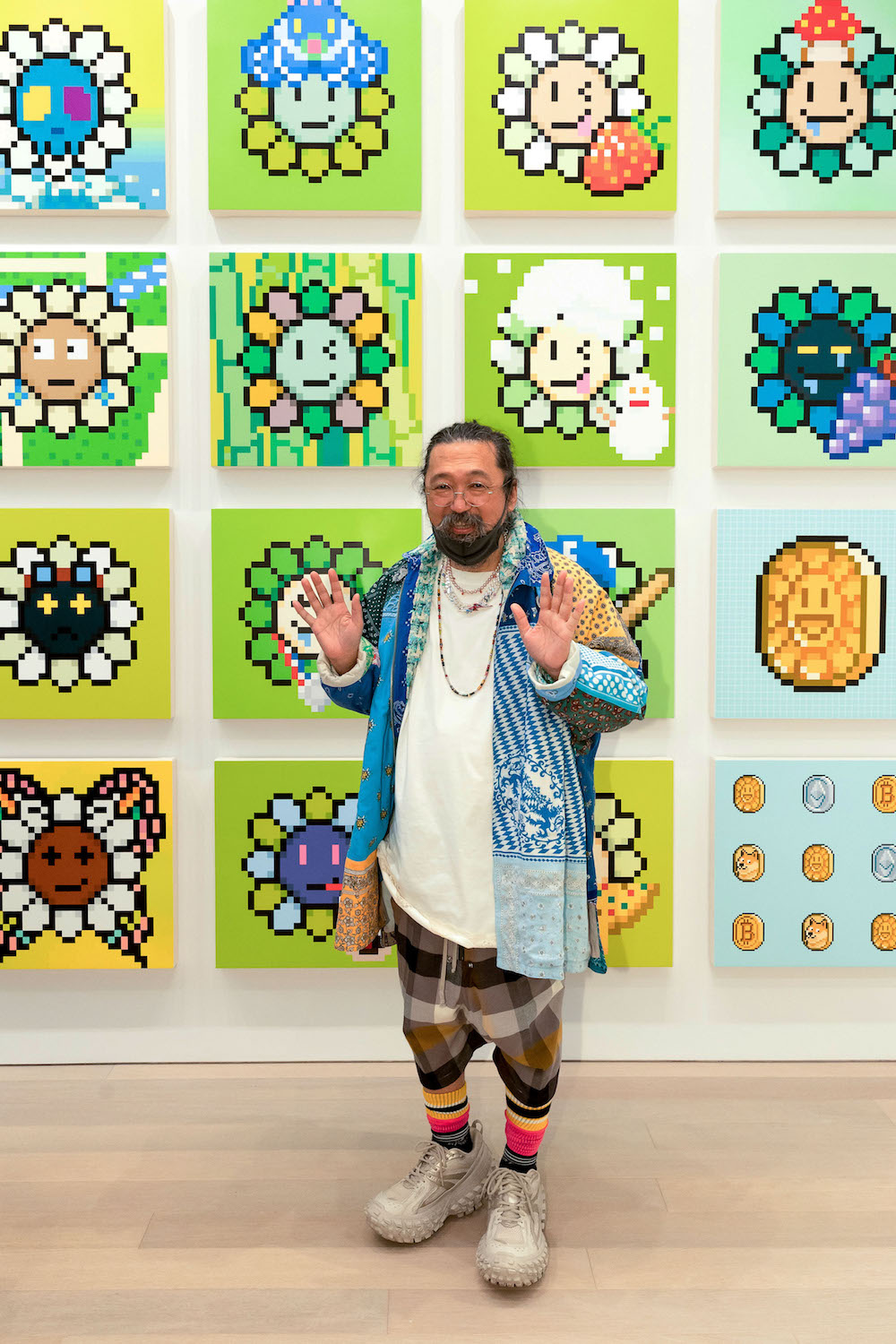On the opening day of Gallery Weekend Berlin late last April, Whitewall spoke with Anselm Reyle, a Berlin based artist best known for his abstract paintings and sculptures that deal with found objects.
Reyle had been invited by Takashi Murakami to curate the “Spectra Vision” exhibition at his gallery Hidari Zingaro. A multifaceted show spread across two different spaces, Reyle’s “Spectra Vision,” on view through June 20, explores the relationship between nature and technology in the works of six featured artists.
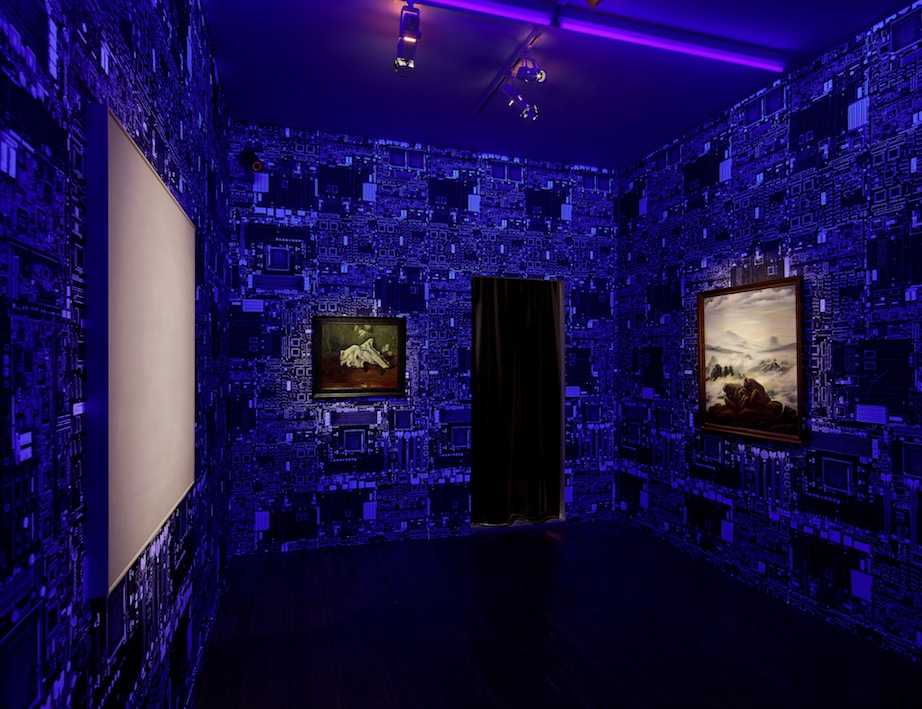
Installation View at Hidari Zingaro
Photo by Matthias Kolb
WHITEWALL: Are all of the featured works in Spectra Vision from your students?
ANSELM REYLE: Three of them have studied in my class or recently graduated in Hamburg, where I teach. The other three are young artists from Berlin, who also recently graduated or are still studying.
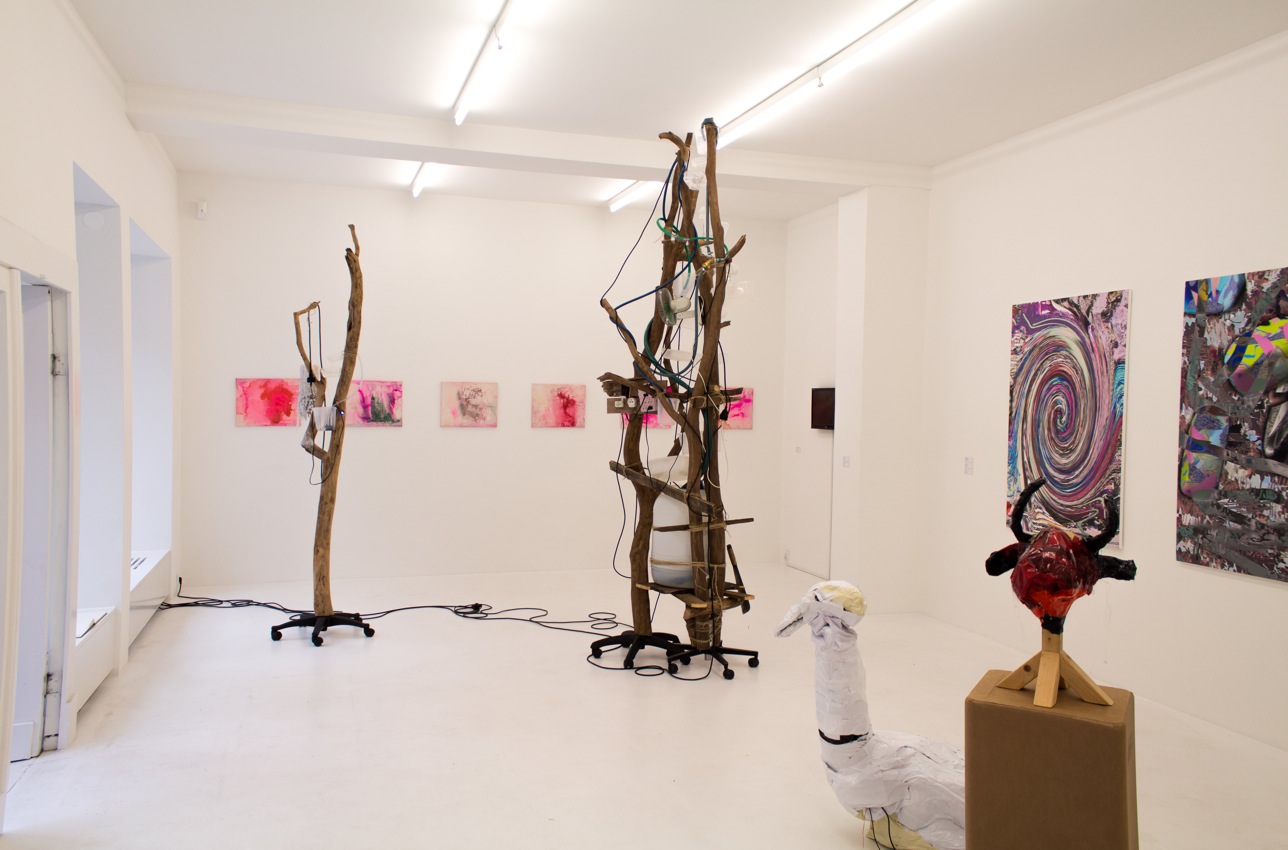
Installation View at Hidari Zingaro
Photo by Matthias Kolb
WW: How did you discover the artists that don’t work directly with you?
AR: I have always been interested in younger positions and I’m in continual contact with other artists and the art scene in Berlin – that’s how I discovered them.
WW: Did you have a particular theme in mind when you were choosing the artists to be featured in Spectra Vision?
AR: Not really. My roots are in painting and I also teach painting – so in the end I was a bit surprised that the exhibition does not basically show painting. And the paintings included are more conceptual. I would say that three or four of the artistic positions shown here are dealing with painting from a very conceptual point of view. Those works, for example (points to the works of J.E Oldendorf), look like informal paintings from the 60s or 70s, but it’s the story behind the work that’s really important. He [J.E. Oldendorf] just brought empty canvases to India during the Holi festival and acquired the colors from being at this festival – a gigantic “Action Painting”, so to speak. Those paintings [points to the works of Jaakko Pallasvuo] are made digitally on the computer, but then printed on canvas. In that way they are materialized again.
WW: Are the works dealing with found objects and also the relationship between a natural state and in combination with technology?
AR: This is the case with a lot of the works. However, the exhibition doesn’t aspire to explain something. I simply chose artists whose work interests me – and somehow disturb me as they point out new aspects. Every work here shows elements, coherences and ways of thinking that definitely differ somehow from the art of my generation and that I wasn’t aware of before.
WW: With your students, do you ask them to consider nature and technology in their work?
AR: I don’t give my students a specific theme to work on. However, in teaching painting I try to encourage the questioning of the medium – because I think it is not primarily about painting, but rather to make art that is relevant today. That is why I think it is important to experiment with other mediums while studying and then possibly – but not necessarily – return to painting from a different angle and with a greater artistic overview. It is important that the students develop their ability to reflect in order to understand their own work and to locate it in the current art context.
I am really proud that when you come into my class, you can’t tell that it’s my class. It’s very open and heterogeneous.
WW: After curating this show, do you feel different about your relationship to the objects that you deal with in your own work?
AR: Curating went along with my artistic career from the beginning. I ran several exhibition spaces even during my studies, and especially afterwards, in Berlin. Regarding this exhibition, I thought what I chose would be more traditional painting – but painting is really not the center of the show.
WW: What were the things that challenged you about the selected works?
AR: The way the position of the neutral spectator is dissolved, as with Okka or Aleen. Okka’s animal sculptures establish a direct contact with the viewer. Through the way they are made, and their built-in sensors that respond to the environment, they almost seem to be needy. Some of the sculptures move, following the viewer with their eyes. Aleen’s work is a kind of tableau vivant – the viewer sees an installed picture, but the protagonists are real people.
The works of J.E. Oldendorf and Mike Ruiz can only be understood through their context. The knowledge of the origin of the painting is a fundamental part of the work and the reception takes place on many different levels. With Lukasz Furs, I would emphasize the experience of the space that occurs in the darkened, black-lighted booth, that gives the sculptures of the computer casings a mysterious character.
All of the works are characterized in one way or another by immediacy, directness – be it in a formal or a conceptual way.





